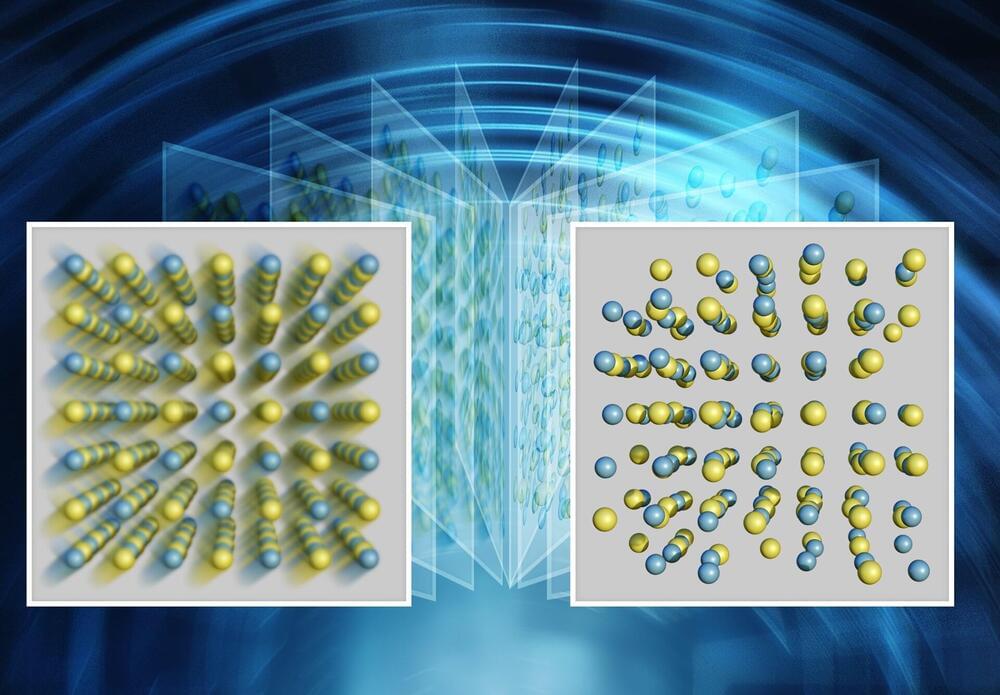Researchers are coming to understand that the best performing materials in sustainable energy applications, such as converting sunlight or waste heat to electricity, often use collective fluctuations of clusters of atoms within a much larger structure. This process is often referred to as “dynamic disorder.”
Understanding dynamic disorder in materials could lead to more energy-efficient thermoelectric devices, such as solid-state refrigerators and heat pumps, and also to better recovery of useful energy from waste heat, such as car exhausts and power station exhausts, by converting it directly to electricity. A thermoelectric device was able to take heat from radioactive plutonium and convert it to electricity to power the Mars Rover when there was not enough sunlight.
When materials function inside an operating device, they can behave as if they are alive and dancing—parts of the material respond and change in amazing and unexpected ways. This dynamic disorder is difficult to study because the clusters are not only so small and disordered, but they also fluctuate in time. In addition, there is “boring” non-fluctuating disorder in materials that researchers aren’t interested in because the disorder doesn’t improve properties. Until now, it has been impossible to see the relevant dynamic disorder from the background of less relevant static disorder.
